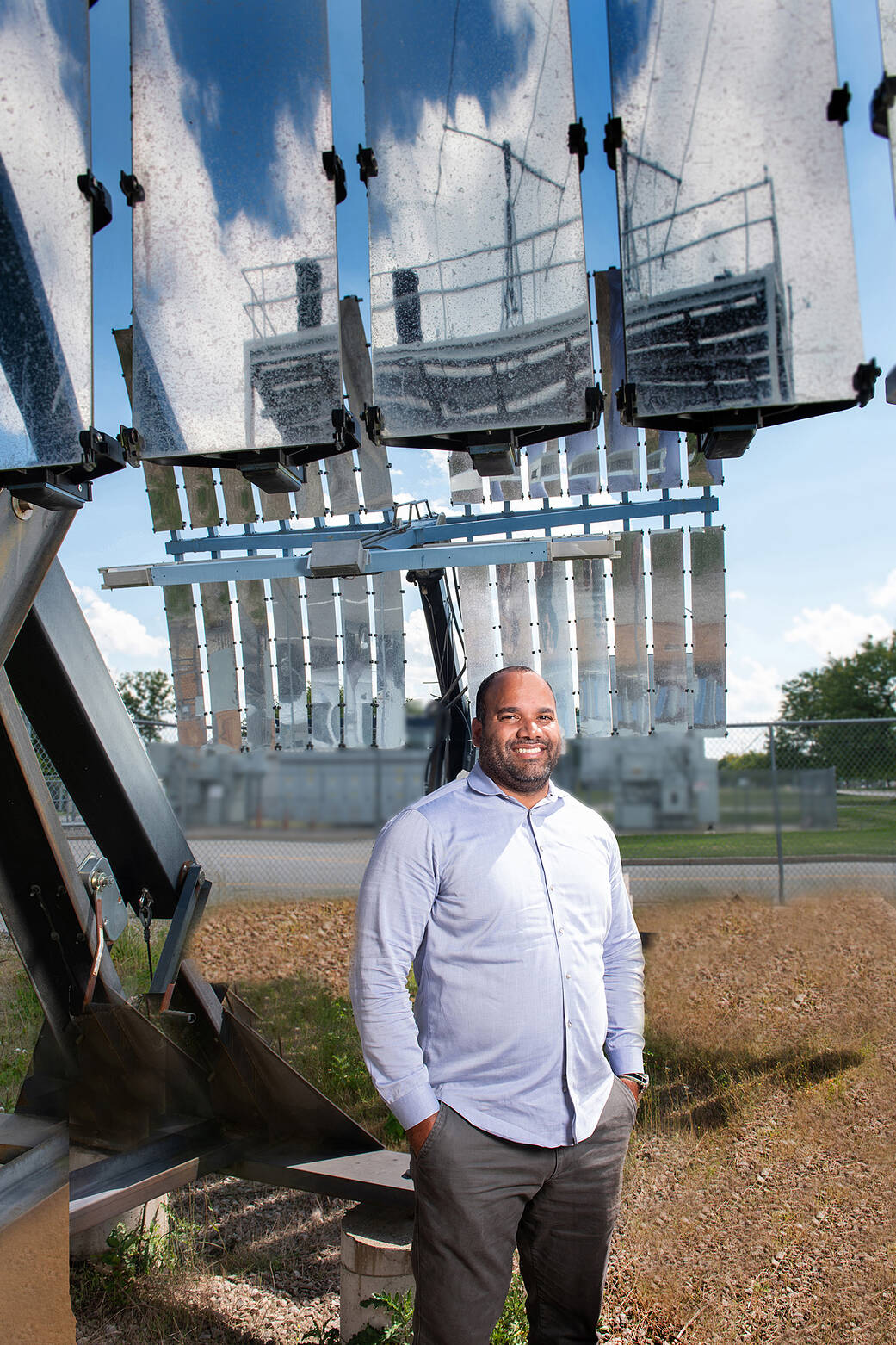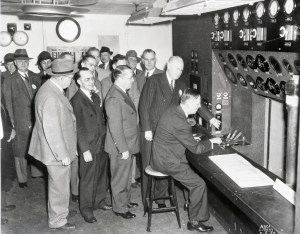As the astronauts on screen glided weightlessly out of the space shuttle to repair the Hubble Space Telescope high above the Earth, eleven-year-old Michael Pepen stared up at his grandmother’s black-and-white TV in wonder. In switching on the program, Pepen’s grandmother – whom he had lived with in the Dominican Republic before emigrating to the United States – had also switched on Pepen’s fascination with all things space and NASA.
“I was just sitting there watching, mesmerized by the idea that these people are floating above me,” Pepen said.
A first-generation student who grew up in the Bronx in New York City, Pepen went on to earn an undergraduate degree in electrical engineering and a graduate degree in aerospace engineering, and he now has his own link to the stars.
Pepen works at NASA’s Glenn Research Center in Cleveland as the deputy lead systems engineer for the Power and Propulsion Element (PPE). The PPE will provide power, propulsion, and communications to Gateway – NASA’s future lunar space station – and will be an integral element of NASA’s Artemis missions.
In his role, Pepen helps coordinate how elements of the lunar space station – as well as visiting spacecraft, human landers, science instruments, and more – will integrate with and attach to the module, identifying needs and solving issues as new components are designed.
“Systems engineering is usually described as the glue that holds things together,” he said. “Every element, every piece of the system has some interface between them, and we’re responsible for that. We make sure that those pieces come together and grow into a fully functional mission.”
As the module will help Gateway stay in lunar orbit, enable communication between the space station and Earth, and overall help support long-duration missions to the Moon, Pepen says he feels a lot of responsibility for the mission’s success.
“We’re the eyes and ears of Artemis,” Pepen said.
Pepen finds it thrilling to tackle the complex challenges he faces while working on ground-breaking space technology and missions.
“One of my favorite things is knowing that every day, we’re going to look at a new way of doing things,” he said.
Pepen thinks his Hispanic heritage has influenced how he approaches his work at NASA and made it easier to collaborate with people who have different personalities.
“Being from our background, it forces you to learn and see people, their language and behaviors, more broadly,” he said. “You use what you know and who you are to bring people together.”
And coming from a culture that loves and cares deeply helps ignite his motivation for his work, Pepen says.
“That passion gives everybody else energy,” he said.
Beyond working every day to steer the team closer toward Gateway’s launch, Pepen emphasizes mentoring and working with students. He often speaks about his work at community youth events and volunteers at regional robotics competitions.
“Seeing [the kids’] energy and desire reminds me of where I was,” he said. “It refreshes me and gives me the energy to keep going.”
When Pepen was growing up, it was rare to see people who looked like him in leadership roles in STEM, he says. He wants to be an example and remind young people pursuing STEM careers to keep going and never settle.
“I’ve made it a point to go out into the community and give back, help out, and show them that we can do this,” Pepen said. “You just have to push yourself there. Truly believe in that dream and go as far as you want.”
NASA is in a Golden Era of aeronautics and space exploration. In partnership with commercial and private businesses, NASA is currently making history with significant missions such as Artemis, Quesst, and electrified aviation. The NASA’s Modern History Makers series highlights members of NASA Glenn’s workforce who make these remarkable missions possible.
Ellen Bausback NASA’s Glenn Research Center





























